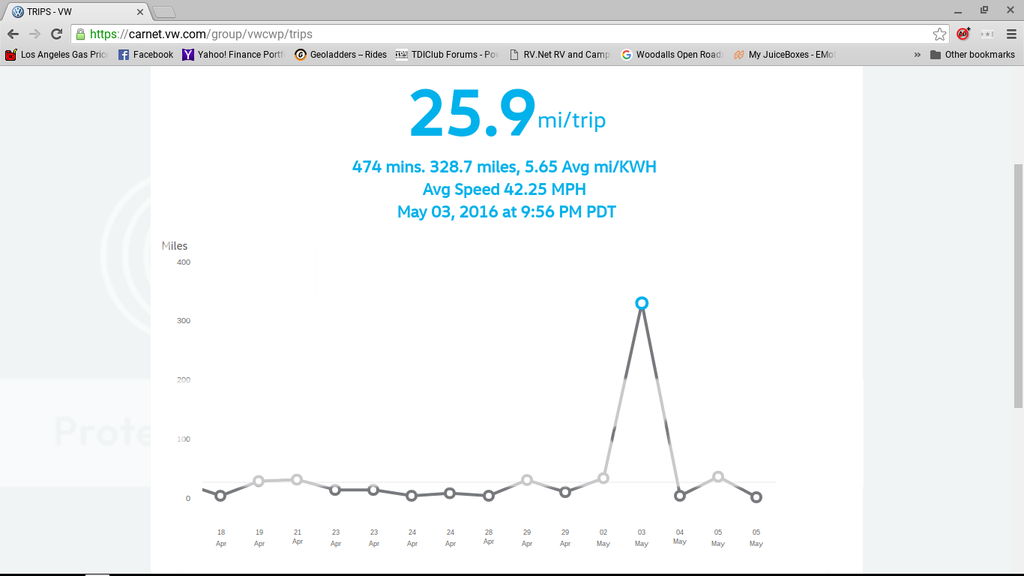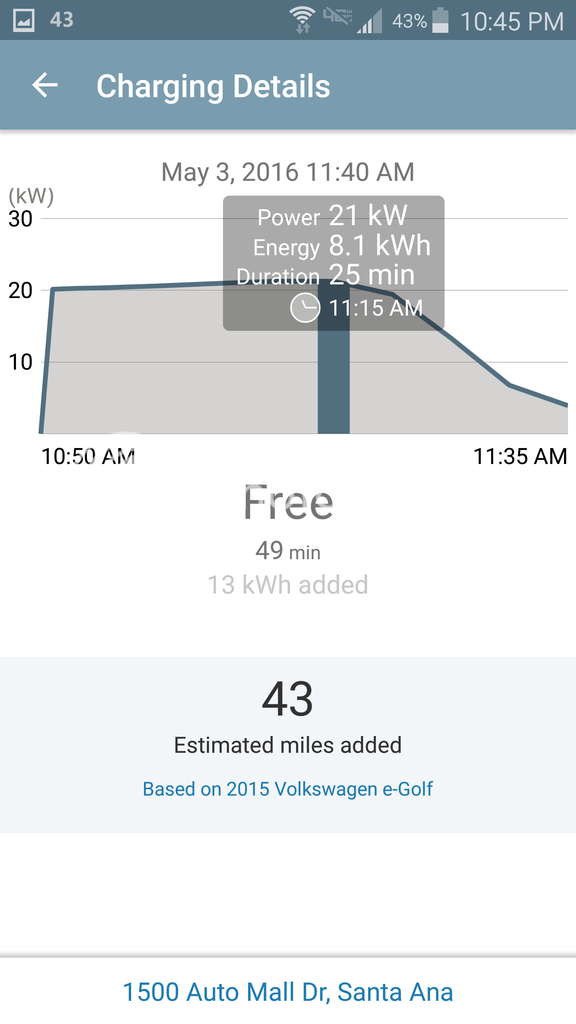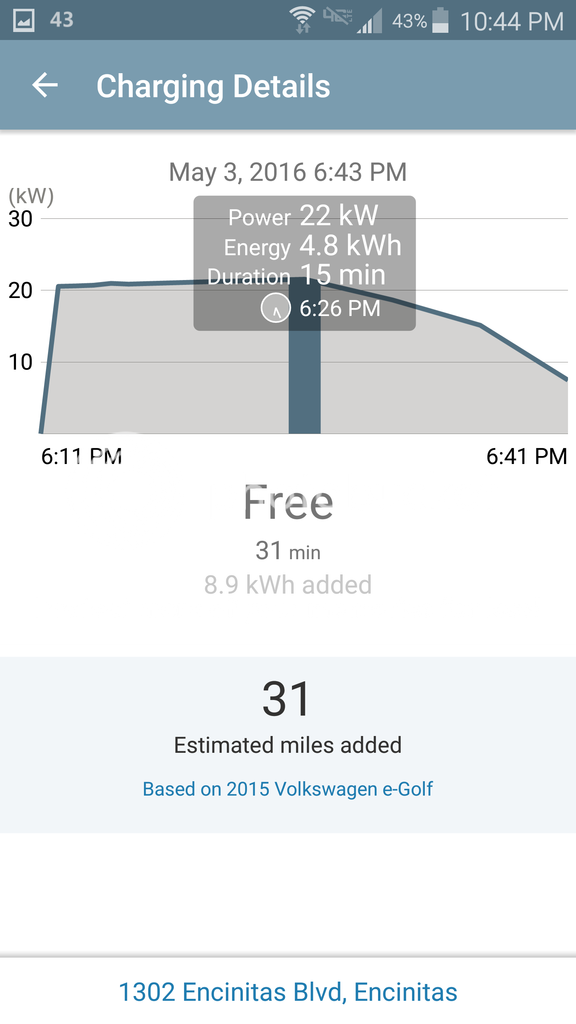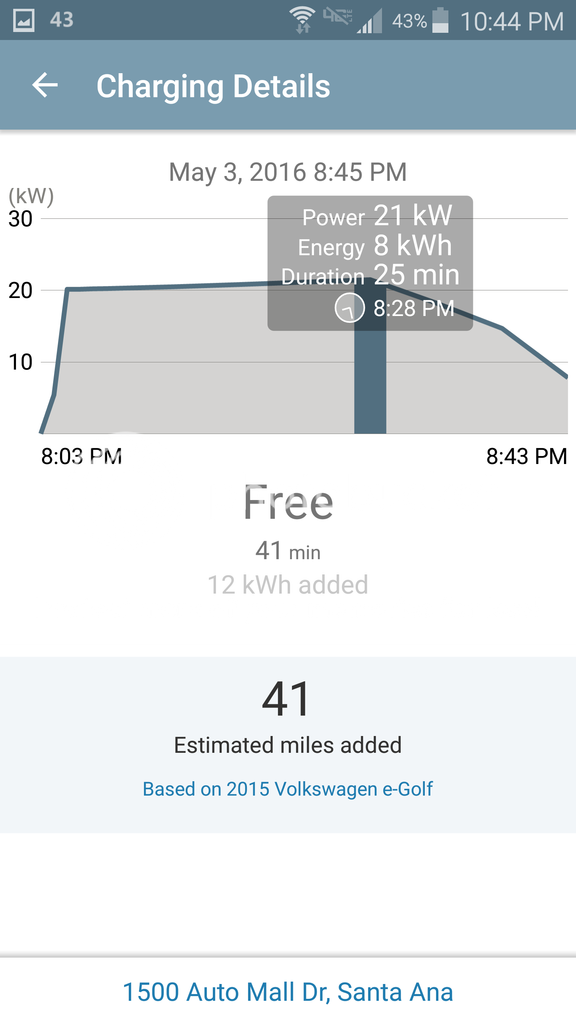miimura said:
f1geek said:
I contacted VW of America to find out more information about DCFC recommendations. Here is the email response I got back:
"Thank you for your patience while I got back to you. I’ve had the chance to research the charging options for your e-Golf with my product specialist team and I am happy to share what we found.
DC charging pushes power directly into the battery. This allows it to recharge more quickly than AC charging but, because the energy isn’t as controlled, it may try to push more power than is needed to some of the cells and ultimately may decrease their charge capacity.
We do not have a specific recommendation for how many DC charges is too many – just that it should be used less frequently than AC charging. Because AC charging is more controlled, it charges the individual battery cells until they are full and no further. While this is slower than DC charging, it can serve to help re-balance the charge in the cells. This helps the cell’s longevity, which is why we recommend doing an AC charge after a DC charge."
Again, VW won't give out specific information about their research into DCFC-related battery degradation.
You can decide what you want to do in relation to the battery warranty, but VW is not prohibiting DCFC usage.
I generally use DCFC once to be able to travel over 90 miles in a day, charge overnight and then use it again for the trip home the next day or the day after. This is a trip I take no more than 4 times a year. I don't view this as excessive, but each driver will have to weight their own usage appropriately.
The language in their e-mail makes it sound like you should not DC charge to 100%, which is actually a good tip for another reason - it slows down. So, you might as well start driving again because the benefit of fast charging is already lost by the time the battery reaches about 90%.
I have DC fast charged a few times, once again on this trip on May 3rd. The device showed I charged 29 minutes and took on 17.3 kwh. I immediately followed this DC charge with a balancing/equalizing charge at a Level 2 208V 30 amp charger that took another 35 minutes to fully 100% charge my battery pack.
What I have noticed is that using a 20 -30 minute recharge, for reasons unknown, to be a battery recharge that has a relatively few percentage shorter distance range on a recharge. This has been consistent, about 5 to 7% shorter range. It's as if the battery gets a false "full charge" reading.
What I notice with the ChargePoint 100 level 2 DC fast charger at 20 .6 kw is an almost full 98% SOC when the amps drop down to about a 4 Kw rate on the charger. The e-Golf does not seem to lose range between charges on this type of charge.
It should be noted that I immediately followed with a full 100% Level 2 recharge at 240V AC and 30 amps the next morning, after letting the battery cool off overnight.
The drive performed sole purpose was to test extended range driving that can be one in one day, without an overnight excursion, which would allow a full Level 2 recharge and a hotel or motel overnight.
I left around 9:20 am for San Ysidro CA, and the Mexican Border of Tijuana, and back, and arrived home late that night, around 10 pm. Very, very long day of driving with all the recharging involved. Charge stations dictated when I stopped, not how low I could run the battery, although I did go 98 miles from Santa Ana to Chula Vista on one charge, and I did use a level 3 charger there, and did follow with an AC equalize charge also, per VW recommendations, every other charge being AC. I did use the HOV lane at 5 o'clock rush hour traffic going north on Interstate 805 and where it merged with Interstate 5, the CA white HOV lane sticker finally paying for itself.
I did pace myself in the slow lane, as long as possible, at a self imposed 55 mph to extend my range and minimize my recharge time between battery charging sessions.
The drive above was performed pretty much for scientific purposes only.
I feel the ChargePoint 100 24 kw level 2 DC rechargers are easier on the battery, but I still would do my very best to follow VW's instructions with Level 2 208-240VAC recharges at 30 amps to a full SOC, every other recharge, and not deviating from their recommendations.
I'd still use ChargePoint 100 Level 2 mid range chargers
"sparingly" as VW suggests, instead preferring home overnight charging with my e-Motorwerks Juicebox 40 Pro at 240V and 30 amps, if at all possible. Overnights at lodging facilities or RV parks with 208V or 240V at 30 amps are also very good choices.
* An important footnote, I own my 2015 SEL e-Golf, outright. How I treat and recharge my traction battery may vary significantly from how you use yours, and whether you lease and don't care at all about your battery condition, or whether you are in it for the long haul. The 2015 SE VW's leased or owned with the 3.6 Kw charger on board have battery packs that will never suffer the potential abuse any e-Golf with the DC quick charger feature might at the hands of multiple DCQC recharges in the interest of saving time over battery life. All the above is IMHO and YMMV.




